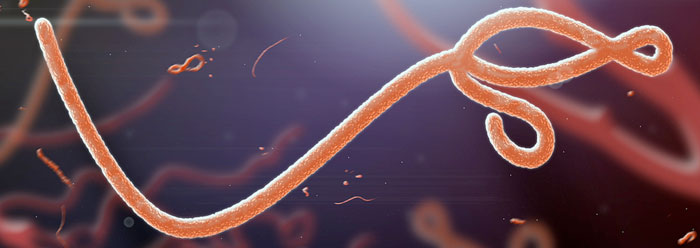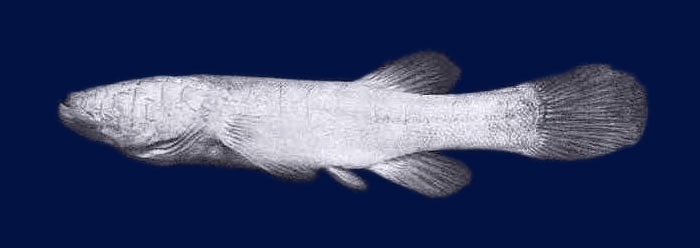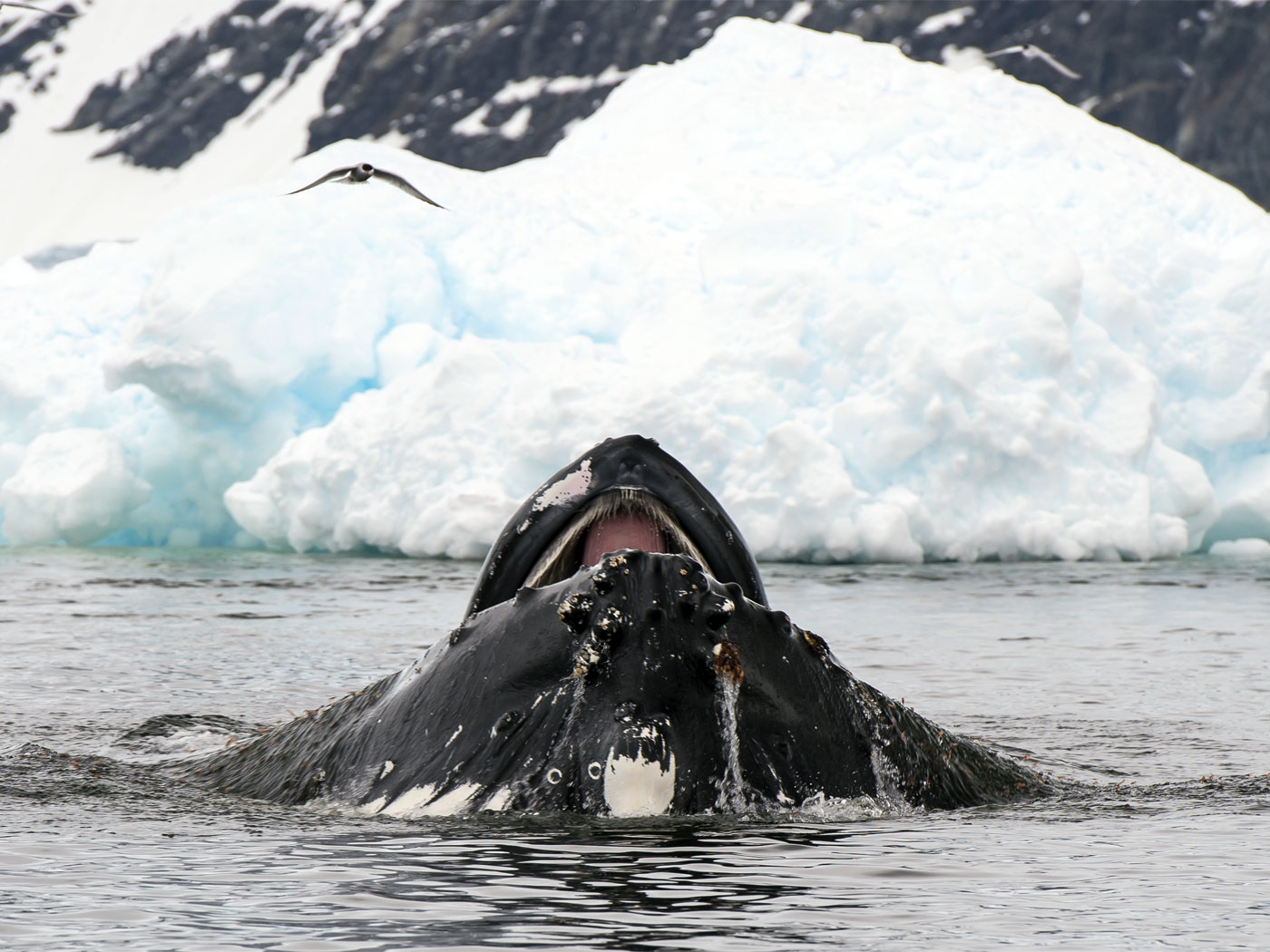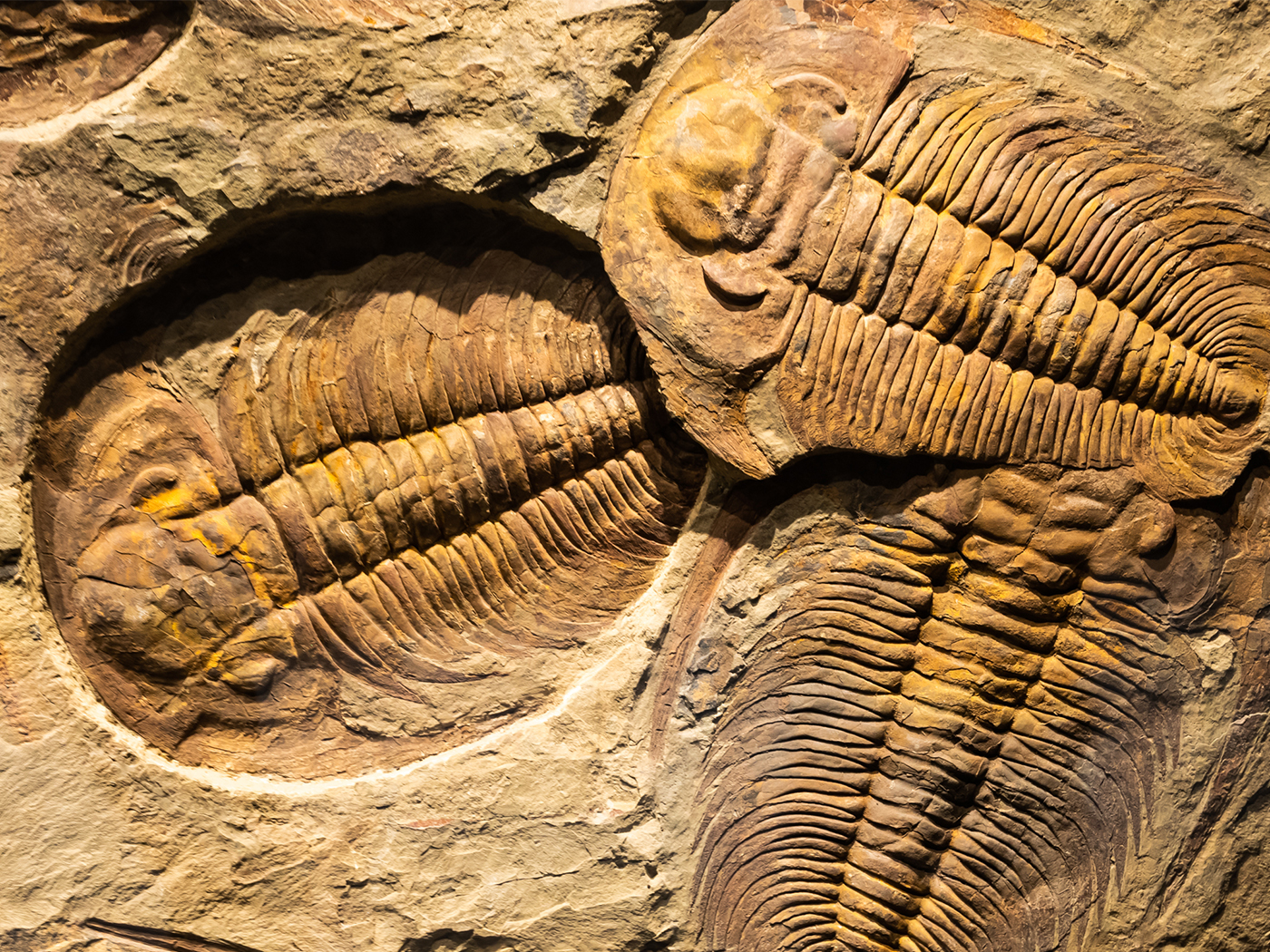Which is more complex—a typical man walking across a street, or a blind man carrying a legless man across the street?
The blind and legless partners are more complex simply because they have more interacting parts. But this increased complexity not only results in less functionality, it also doesn't provide any additional information about how sight and mobility could have originated.
Evolution is supposed to explain how complicated biological machines, such as legs and eyes, developed without an intelligent person to design and build them. A paper in Nature described one way nature may have added complexity to a biological machine. However, the study also showed how powerless natural processes are to generate complicated working machinery.1
Biologist Joe Thornton, University of Oregon professor and the study's senior author, has a laboratory with facilities dedicated to "reconstructing history with the experimental strategies of molecular biology and biochemistry to rigorously test hypotheses about the mechanisms of evolution," according to his university website.2
His latest attempt involved rebuilding hypothetical protein components of the ring-shaped base of a vital molecular machine called V-ATPase, which is found in yeast.3 The idea was that if his team could reconstruct "prior" versions of this protein, then they could put together a story explaining each evolutionary change that led to today's V-ATPase structure.
But the best they could do was to explain how it de-evolved. The version of V-ATPase found in today's yeast appeared to the researchers to be like the previously mentioned blind and legless men—damaged versions of an originally more effective V-ATPase.
The study authors wrote that because "losses occurred" in the history of V-ATPase, "the complexity of the ring increased," and that their study results "provide no evidence that VmaII [a V-ATPase protein component] evolved novel functions in addition to those that it inherited."1
In response to this research, biochemist and well-known critic of neo-Darwinian evolution Michael Behe told Evolution News:
The most glaringly obvious point is that, like the results of [evolutionary microbiologist Richard] Lenski's work [with 50,000 generations of a bacteria], this is evolution by degradation. All of the functional parts of the system were already in place before random mutation began to degrade them. Thus it is of no help to Darwinists, who require a mechanism that will construct new, functional systems.4
Behe also wrote:
One can say, if one wishes, that a congenitally blind man teaming up with a congenitally legless man to safely move around the environment is an increase in "complexity" over a sighted, ambulatory person. But it certainly is no improvement, nor does it give the slightest clue how vision and locomotion arose.4
So, even though today's version of V-ATPase might be more complex than the original version, it is not better, more efficient, or more effective.5 In fact, it only shows that natural processes like mutations degrade living systems—the opposite of evolution.
References
- Finnigan, G. C. et al. Evolution of increased complexity in a molecular machine. Nature. Published online January 9, 2012, accessed January 13, 2012
- Joe Thornton's Lab. University of Oregon. Posted on pages.uoregon.edu, accessed January 13, 2012.
- For ATPase information, see Thomas, B. 2009. ATP synthase: majestic molecular machine made by a mastermind. Creation. 31 (4): 21-23.
- Behe, M. A Blind Man Carrying a Legless Man Can Safely Cross the Street: Experimentally Confirming the Limits to Darwinian Evolution. Evolution News. Posted on evolutionnews.org January 11, 2012, accessed January 13, 2012.
- Thomas, B. 2008. More Than Just 'Complex.' Acts & Facts. 37 (12): 15.
* Mr. Thomas is Science Writer at the Institute for Creation Research.
Article posted on January 23, 2012.

























